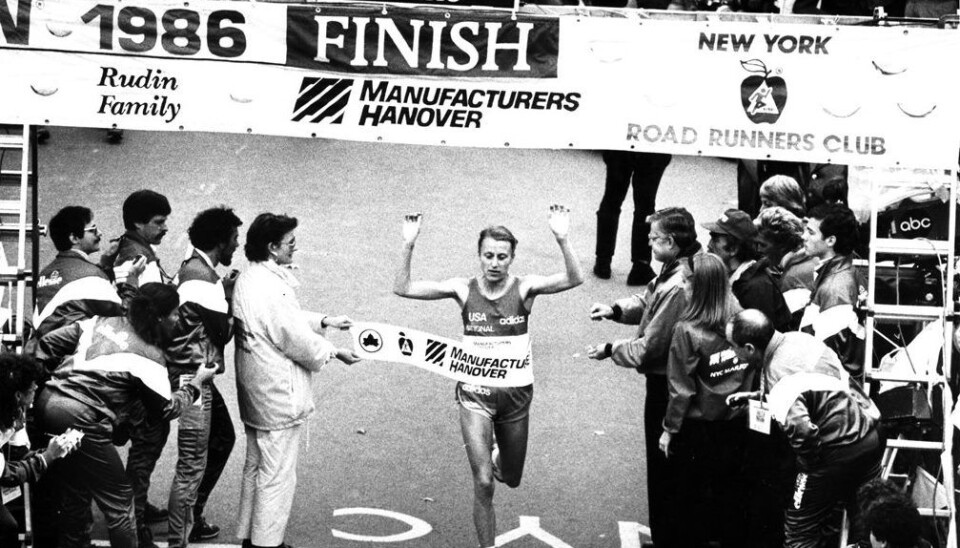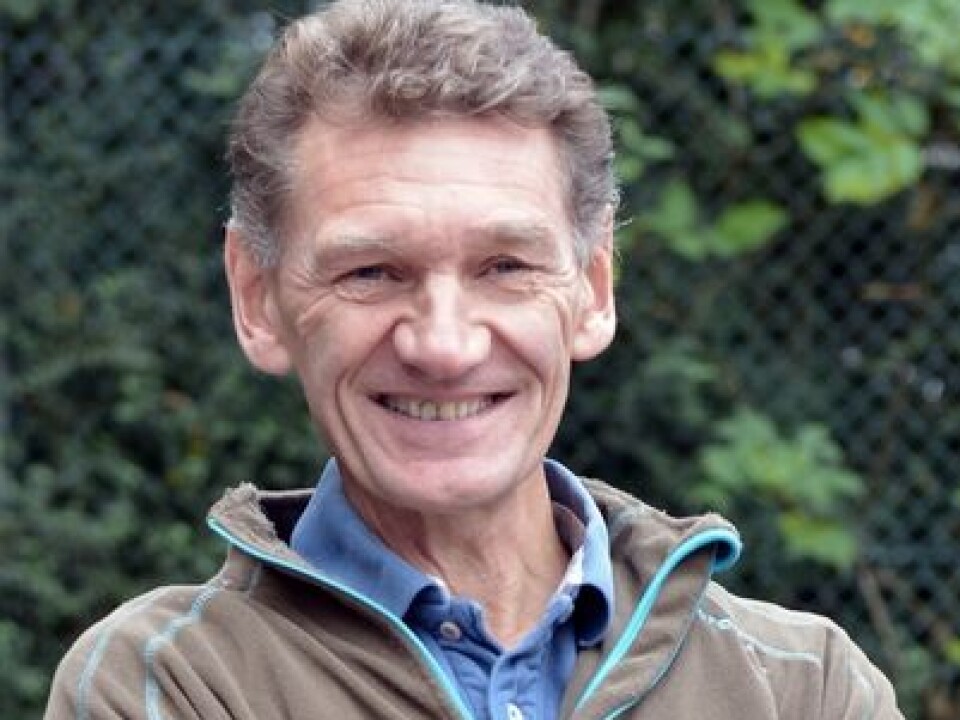This article was produced and financed by University of Stavanger

How to become a world-beater
Interval training did not play a major part in the exercise regime of champion Norwegian runner Grete Waitz.
Denne artikkelen er over ti år gammel og kan inneholde utdatert informasjon.
A study of her diaries shows that she only did this kind of activity once a week, and devoted much of her effort to long sessions of continuous running at a relatively fast pace.
“Many sportspeople prefer to use interval training to reach 85-90 per cent of their maximum pulse rate,” says Leif Inge Tjelta, who is professor of sports science at the University of Stavanger (UiS) in Norway.
“But Waitz reached that level without using this method. She preferred to run fast the whole time and get it over with.”
He has conducted a case study of her training with Espen Tønnessen, training manager at the Norwegian Olympic Training Centre, and professor Eystein Enoksen at the Norwegian School of Sport Sciences.

Waitz won both short- and long-distance events, but is best known as a distance runner and won marathons in New York nine times, London twice and Stockholm once.
The training diaries she sent to Tjelta just before her death in the spring of 2011 have been supplemented by interviews with Waitz and her husband and coach Jack.
These sources form the basis for an article entitled “A Case Study of the Training of Nine Times New York Marathon Winner Grete Waitz”, which appeared in the January 2014 issue of the International Journal of Sports Science & Coaching.
Her best year
Waitz had her best year from November 1978 and through 1979, when she won 48 of 50 races over a range of distances from 800 metres to full marathon.
Tjelta, Enoksen and Tønnessen concentrate in their article on her training schedule during this year, when she was running 119-132 kilometres per week.
The programme comprised two daily sessions of continuous, relatively high-intensity running – in other words, seldom longer than four minutes per kilometre.
She had few sessions with long intervals, but trained intensively with short intervals and sprinting once a week.
Not a conscious decision
“Grete really liked running long distances,” reports Jack Waitz. “We didn’t consciously choose to do little interval training.
“However, she did a lot of anaerobic threshold training at a time when this approach did not attract the same amount of attention that it does today.”
Anaerobic threshold training involves keeping the pulse close to the level of intensity where the body’s lactic acid level stays constant.
The highest speed a runner can manage to maintain for roughly an hour represents their threshold level.
Waitz’s best performance in the 1978-79 season was 3 000 metres in 8.31.75, which remains a Nordic record.
From Grete Waitz’s diaries, 12-18 March 1979:
- Monday afternoon: Warm up 4km + 10 x 150m hills + 5km running.
- Tuesday afternoon: 19km continuous running (4min/km).
- Wednesday morning: 13km continuous running.
- Wednesday afternoon:(4min/km) Warm up 4km + 6 x 320m fast (recovery 2min) + 4km running.
- Thursday morning: 13.5km continuous running (4min/km).
- Thursday afternoon: 13.5km continuous running (3.45-3.20min/km).
- Friday morning: 13.4km continuous running (4min/km).
- Friday afternoon: 5km + sprint 10 x 60m (indoor hall) + 3km.
- Saturday morning: 10km continuous running (3.45min/km).
- Sunday morning: 14km continuous running (4min/km).
- Sunday afternoon:14km continuous running (3.45-3.20min/km).
Translated by: Rolf E. Gooderham
































